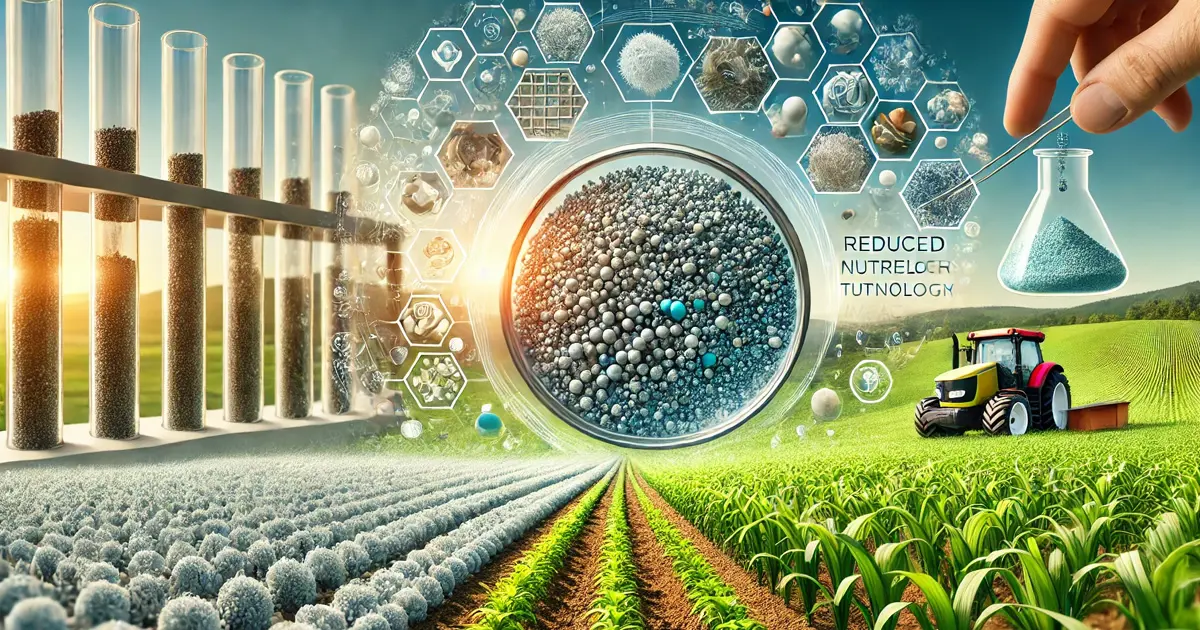Nanocoating to improve efficiency of fertilisers
17 Nov 2024

Nanocoating of fertilisers using a biodegradable material is found to increase their efficiency as the coating prolongs the release of nutrients to the soil and thereby supplies to plants.
Researchers from the Institute of Nano Science and Technology (INST), Mohali, used a stable, but biodegradable hydrophobic material as a wrap around filament for muriate of potash (KCl) to slow down the release of nutrients to the soil.
This coating of binary carbohydrates - chitosan and lignin – and anionic clay helped increase the life of the nutrient by prolonging its release. This helped to reduce the amount of fertiliser use, while enhancing crop productivity.
As the green revolution progressed the use of chemical fertilisers grew to unsustainable levels, leaving soil devoid of nutrients. This has been going on for over the past 50 years.
A reduction in the use of chemical fertilisers has become necessary as it poses a global risk for sustainable development.
The world over, there is a resostance to the use of chemical fertilisers, which only helps to drain nutrients already present in the soil.
Also, farmers are looking to go back to natural fertilisers in order to preserve soil nutrients.
The reduction in the use of chemical fertilisers by nanocoating and slowing nutrient release can be a potential alternative to a return to natural fertilisers.







.webp)
















